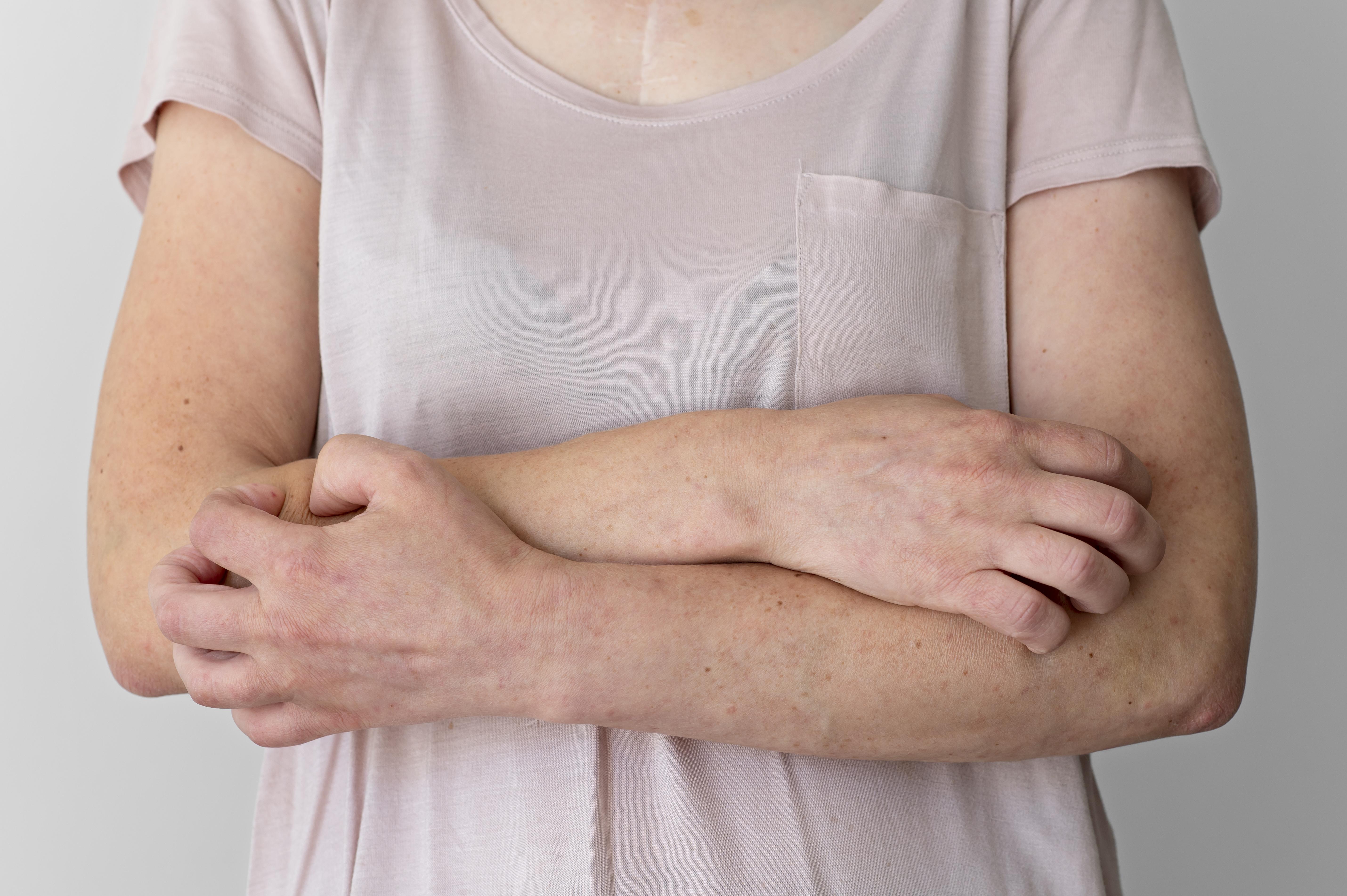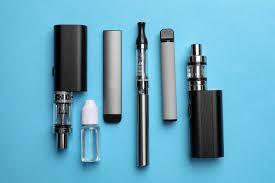Skin Deep: Living Well with Cutaneous Lupus

Skin isn’t just a surface. It’s a reflection of what’s happening inside. For people living with cutaneous lupus, that reflection can be frustrating, painful, and sometimes misunderstood.
This autoimmune condition doesn’t just cause rashes or redness; it brings emotional and physical challenges that can deeply affect daily life. However, learning how to care for your skin and your overall well-being can make living with it easier.
What Is Cutaneous Lupus?
It is an autoimmune skin disorder where the immune system mistakenly attacks healthy skin cells. This leads to inflammation, rashes, and, in some cases, permanent scarring.
It is not contagious, but it can be unpredictable. Some people experience mild, occasional flares, while others deal with persistent irritation or discoloration. There are several types including discoid lupus, subacute cutaneous lupus, and acute cutaneous lupus, each affecting the skin differently.
Although it primarily targets the skin, it sometimes overlaps with systemic lupus erythematosus (SLE), a condition that affects internal organs. That’s why recognizing and managing it early is so important.
Signs and Symptoms You Shouldn’t Ignore
The symptoms of cutaneous lupus vary, but they often start with sensitivity to sunlight. Even a few minutes outdoors can trigger redness or irritation. Common signs include:
-
Red or purplish rashes on the face, scalp, or ears
-
Scaly patches that may itch or feel sore
-
Hair loss in affected areas
-
Skin discoloration after healing
-
Sensitivity to sunlight or fluorescent light
Triggers That Set It Off
Although flare-ups can feel random, they usually have patterns. The most common triggers include:
1. Sunlight Exposure
Ultraviolet light is one of the strongest triggers. Even limited sun exposure can cause inflammation and redness. Research suggests that up to 70% of people with lupus notice symptoms triggered by UV exposure. So, sun protection is very crucial.
2. Stress and Lack of Sleep
Your body reacts to stress hormones, which can worsen inflammation. Research says that managing stress lowers the frequency and intensity of lupus flares.
3. Certain Medications
Some prescription drugs may cause lupus-like reactions. Always talk to your doctor before changing any medication.
4. Smoking and Pollution
Both reduce oxygen in the skin and worsen existing lesions. Quitting smoking improves blood flow and helps the skin heal faster.
5. Hormonal Shifts
Many women notice flares around menstrual cycles or menopause, showing how hormones influence immune response.
Although not every trigger can be avoided, knowing your body’s patterns helps you plan better and act sooner.
The Emotional Impact — Beyond Skin Deep
Cutaneous lupus doesn’t only mark the skin; it touches self-esteem, confidence, and relationships. Many people struggle with the emotional weight of visible symptoms. Social anxiety, depression, and isolation are common but rarely discussed.
Research suggests that people with visible autoimmune conditions often face greater emotional distress than those with invisible illnesses. However, support groups, therapy, and honest communication can make a huge difference.
It’s okay to feel frustrated, however remember that your worth isn’t defined by your skin. Compassion toward yourself is just as important as medical care.
Managing Cutaneous Lupus — Step by Step
There’s no single cure for this condition, but lifestyle changes and medical treatments can greatly reduce flare-ups and discomfort. Consistency is key. The more you understand your skin, the more control you gain over your condition.
1. Shield Your Skin Every Day
Sun protection is non-negotiable. Use a broad-spectrum sunscreen with SPF 50 or higher every day. Wear wide-brimmed hats, long sleeves, and UV-protective fabrics when outside. Research says that consistent sun protection can reduce lupus flare frequency by nearly 50%. Eventually, these habits become part of your routine and a form of self-care.
2. Choose Gentle Skincare Products
Your skin barrier is already sensitive, so keep it simple. Use fragrance-free, hypoallergenic cleansers and moisturizers. Avoid harsh scrubs, alcohol-based toners, or heavy exfoliation. Moisturize twice daily to prevent dryness and itching. If you use medicated creams, apply them after moisturizing to seal the treatment in.
3. Maintain a Balanced Diet
What you eat affects how your body fights inflammation. Include foods rich in antioxidants like berries, leafy greens, olive oil, and fish. Avoid highly processed foods, refined sugar, and excess salt.
Research says that omega-3 fatty acids help reduce inflammatory skin responses in autoimmune conditions. Staying hydrated also supports skin repair and elasticity. Although dieting alone can’t stop lupus, it supports your immune system and helps your body recover faster after flare-ups.
4. Manage Stress Before It Manages You
Stress often shows up on your skin. Practice relaxation techniques like deep breathing, yoga, or journaling. Even a 10-minute daily walk helps clear the mind and balance hormones.
Create boundaries around rest. A good night’s sleep supports the immune system and reduces inflammation. Eventually, your skin will thank you for every hour of peace you give it.
5. Work Closely with Your Dermatologist
Regular check-ups help you track how your skin responds to treatment. Your dermatologist might prescribe topical steroids, antimalarials, or immune-modulating medications depending on severity.
Research says that early treatment can reduce the risk of scarring and permanent skin changes. Never self-medicate or skip follow-up visits, as they’re essential for long-term control.
6. Emotional Care Is Part of Treatment
Living with cutaneous lupus can feel isolating. Some days your skin may hurt, and other days your reflection might feel unfamiliar. It’s okay to have those moments, as they don’t define your strength.
Talk to someone who understands. Join a lupus support group or connect online. Sharing your experience can lighten the load. Remember, emotional care isn’t optional; it’s as vital as sunscreen or medication.
7. Build a Routine That Works for You
Routines make management easier. Keep your medication, skincare, and self-care habits aligned with your daily schedule. Over time, these small actions turn into powerful habits that keep flare-ups at bay.
Although it may never completely disappear, its impact can shrink when you live with intention and care.
Conclusion
Living with cutaneous lupus takes courage, patience, and hope. Research says that consistent care and early lifestyle adjustments lead to better long-term outcomes. But beyond routines and medicines, real strength lies in acceptance.







